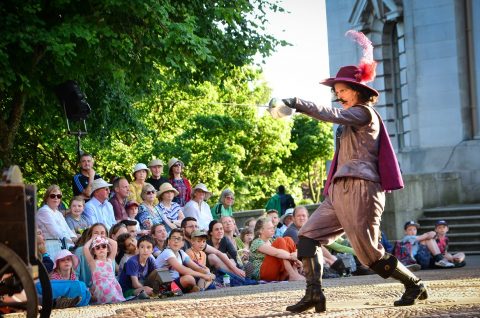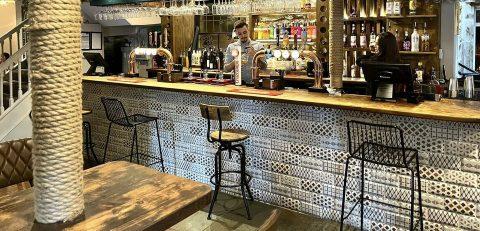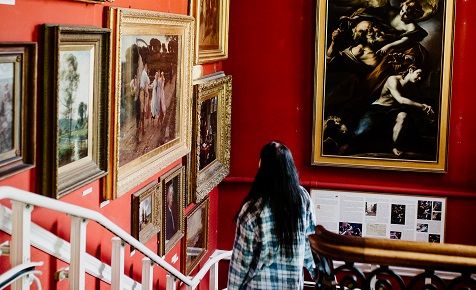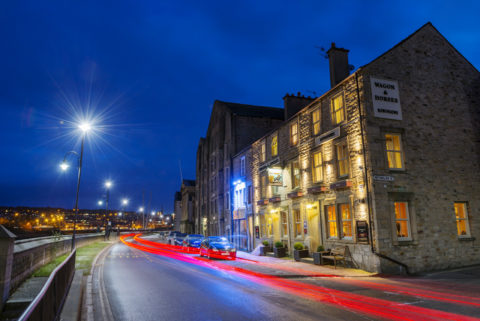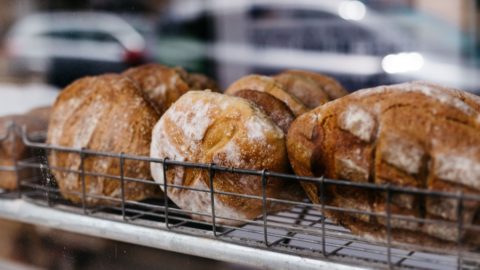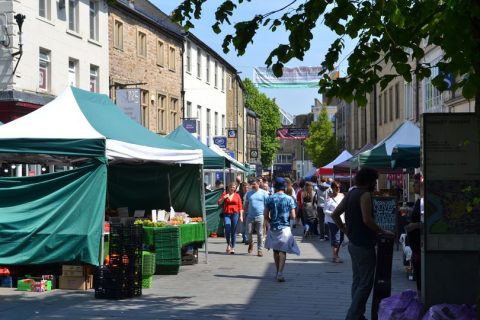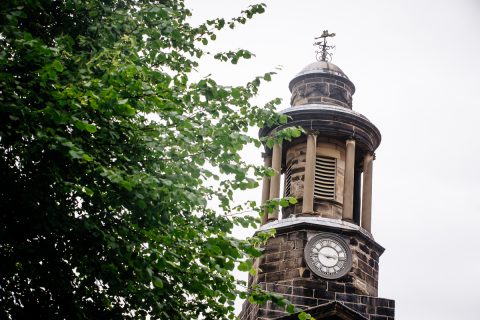Sketch of Hanna(h) Smith on her way to be Executed
 | Between January 1800 and April 1868, the ‘Bloody Code’ sent 206 women and girls to places of public execution in the British Isles. They were hanged by the neck until they were dead, in accordance with their sentencing. 54-year-old Hannah (Hanna) Smith was one, a victim of hunger and circumstance, used as an example to others of the penalty to be paid by those who sought to rebel. |
Hannah Smith was charged with ‘rioting and highway robbery ‘during the Westhoughton Luddite and food riots in April 1812. This intimate sketched portrait depicts a thin Hannah Smith bound at the wrists with iron shackles and wearing a scarf to cover her hair, which has possibly been cut short. This was often used as a humiliating and de-feminising punishment. Her eyes are closed, or possibly downcast; the artist shows her as repentant and sorrowful.
During the Westhoughton Riots of 1812 butter-seller Charles Walker prosecuted Hannah for forcing him to sell his butter three pence cheaper than the price he was trying to sell it for, or he said that she threatened to steal it all. He was then “forced” to sell at the same price to 300 rioters after Hannah climbed on the cart and started to hand it out. A similar story ensued with James Radcliffe, the potato seller. Hannah was sent to Lancaster along with others arrested at the riot and sent to the Special Assize that was quickly convened at Lancaster Castle on May 23rd.
Hannah was found guilty and sentenced to hang. She was executed on Saturday 13th June 1812 along with seven others, all male, one of whom was only 12 years old. Hannah was the only woman to be executed for rioting in the 19th century. It was clear that she was being used as a warning to others.
The “short drop” (of only around 45cm) method of hanging was used. It would have taken Hannah anything up to 20 minutes to die from strangulation. Those hanged at Lancaster Castle were taken down after an hour and interred somewhere within sight of the castle.
“A vast concourse of people assembled to see the awful end of these deluded wretches…
Tho’ their sins were great, yet there is some hope that their repentance was sincere. The morning after the execution, their bodies were decently interred.”
Excerpt from the account of the execution, Lancaster Gazette, 20th June 1812
There is a monogram of the artist on the bottom left-hand side of the drawing. It is a circle containing the initials AH above the number 701. We have not yet been able to trace the artist. The use of the spelling ‘Gaol’ rather than ‘Jail’ was the more common spelling between around 1750 and 1930. We have no provenance as to the origin of this picture – or indeed if it does date from the early 19th century, although much about it looks ‘correct’. The picture is very badly foxed, particularly across the lower half of the drawing. There are several marks and two old creases visible, and the surface of the paper looks damaged in several places.
The picture was bought by a private collector at auction in Cheshire in 2011 and donated to our collection in 2012 in this condition. Normally we would not accession objects in such a condition, but the rarity and significance of this drawing, showing a named woman in 1812 awaiting execution meant that the museum had a responsibility to acquire it for our collection.


